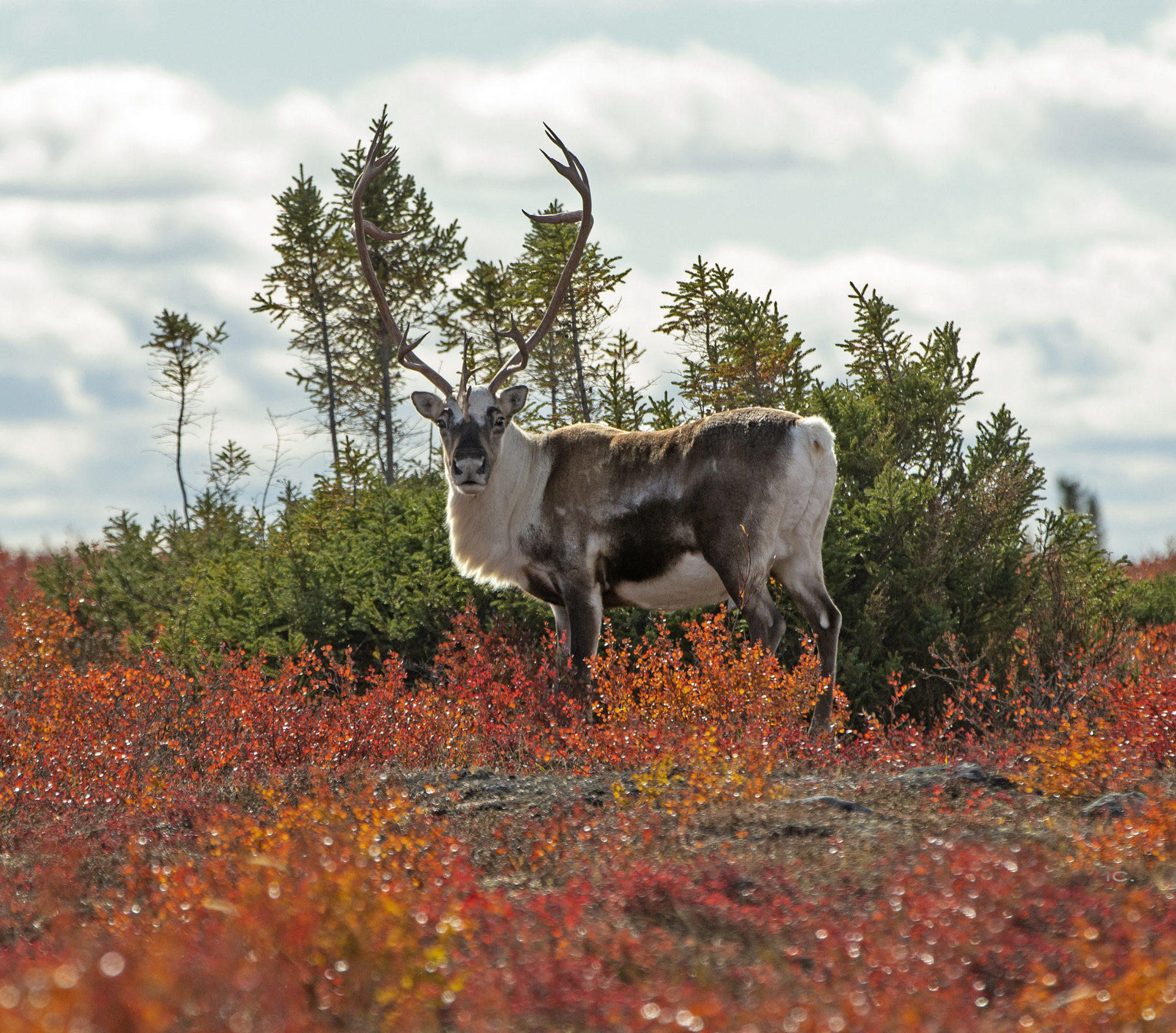Nunavut
While much of Nunavut is unprotected, the existing protected areas are high-quality and well-positioned. More protections will address unprotected physical habitats, ensuring the ability of wildlife to move between habitats, and provide much-needed stability as the climate changes.


